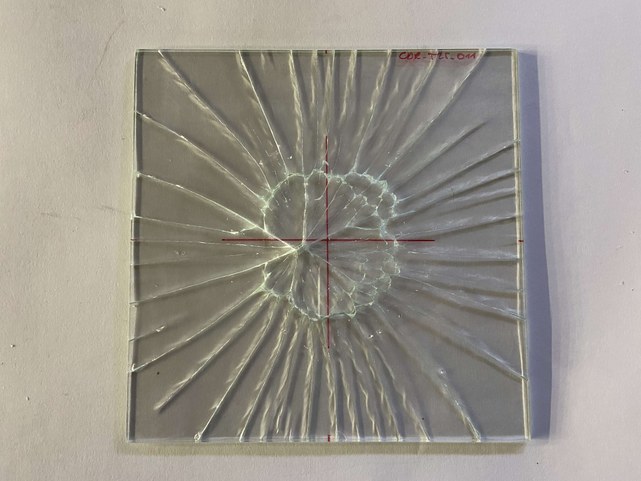Behaviour of structural glass in elevated temperatures / fire
Researchers:
- Evelien Symoens
- Jan Belis (supervisor)
- Ruben Van Coile (supervisor)
Description:
Determination of the fire performance of glass elements is complex due to the combination of several characteristics. Properties of glass material change when temperature increases, temperature gradients will induce breakage of the glass, and layering of glass elements with adhesive interlayers in between results in the combination of multiple heat transfer processes.
One of the objectives of this project is to predict the cracking of glass elements (e.g. location of crack initiation, the failure load, and the failure normal stress) subjected to elevated temperatures / fire by numerical modeling. The failure of glass elements is largely driven by pre-existing microscopic surface flaws. These flaws are present over the entire glass surface and the properties of each flaw vary. Consequently, the fracture strength of the glass panels must be described by a probability function and will depend on the size of the glass panels and the loading conditions.
The other objective is numerically simulating the temperature distribution and evolution over both monolithic and laminated glass elements. Combining this objective with the one above will allow predicting the fire performance of glass elements when subjected to elevated temperatures / fire.
